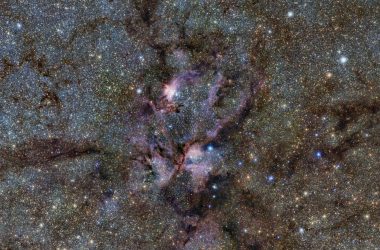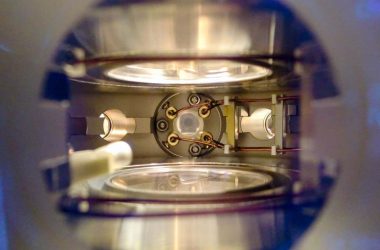The halo from SN1987a, the final close by supernova
Science Historical past Photos/Alamy
ON A transparent night time, watching the celebs in an inky sky, one phrase involves thoughts: calm. The starlight appears to talk of stability and permanence. And but, hidden from the bare eye, the broader cosmos is a spot of relentless upheaval. Each 10 seconds or so, someplace within the universe, a star reaches the tip of its life and caves in on itself earlier than exploding with cataclysmic ferocity.
For all their ubiquity, we nonetheless don’t totally perceive what triggers core-collapse supernovae. However we do suspect that elusive particles referred to as neutrinos play a key position, and that observing them within the unimaginably excessive circumstances inside a supernova might betray the unique matter and forces that may lead us to a deeper idea of particle physics. “There’s simply a lot info in supernova neutrinos,” says Joachim Kopp, a theorist at Johannes Gutenberg College in Mainz, Germany.
The issue is that supernovae shut sufficient to Earth to spill their secrets and techniques are uncommon. The newest one got here in 1987, and the 25 neutrinos we have been capable of seize from the blast proceed to mystify researchers to today – which explains why so many are so excited by the brand new era of neutrino detectors at present being constructed world wide.
The concept is that when the subsequent close by star goes supernova, we will likely be prepared. However it’s a race in opposition to time as a result of that’s already lengthy overdue. “You possibly can think about how thrilling…












